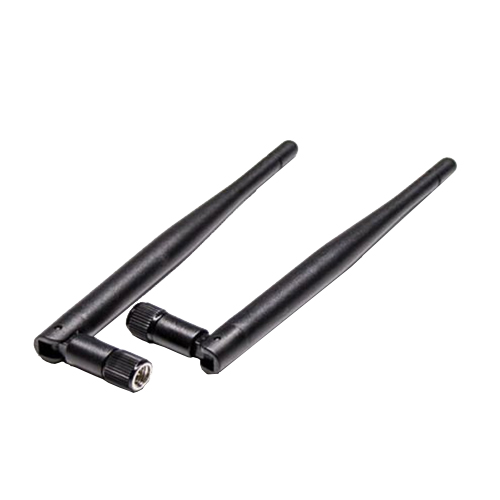

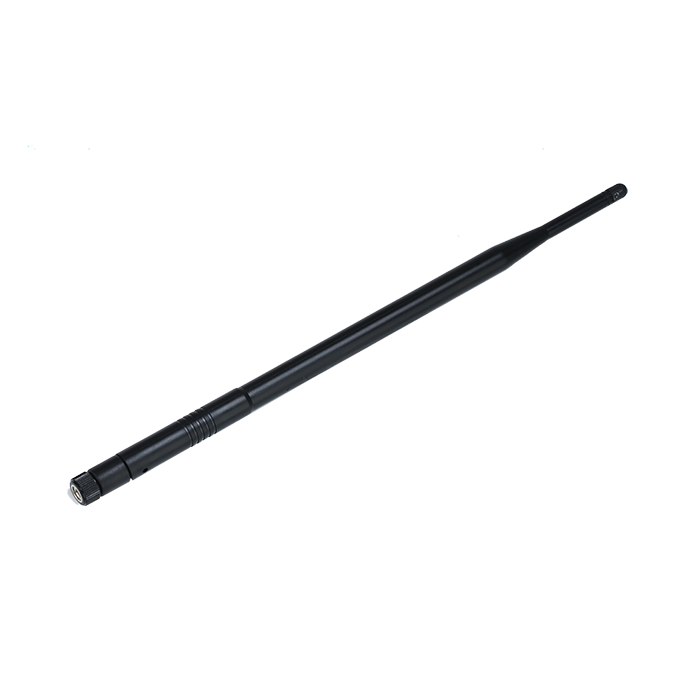
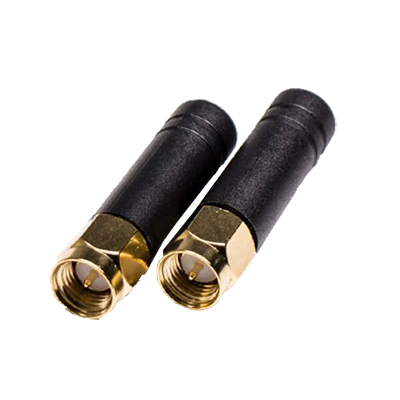
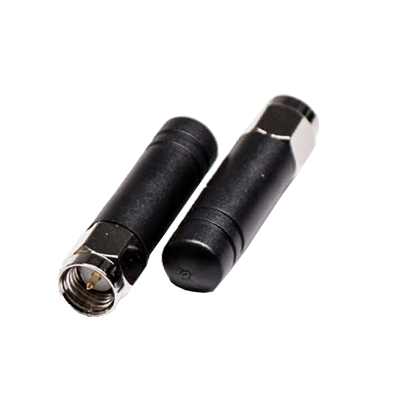
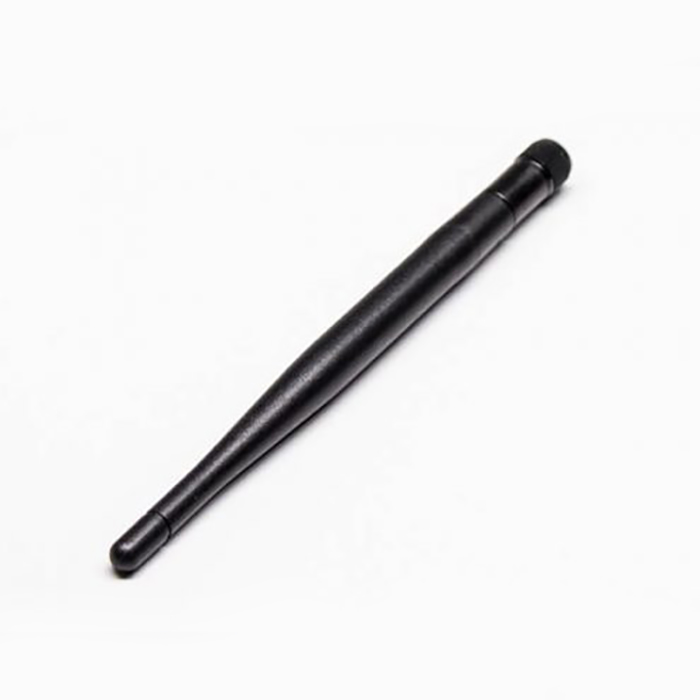
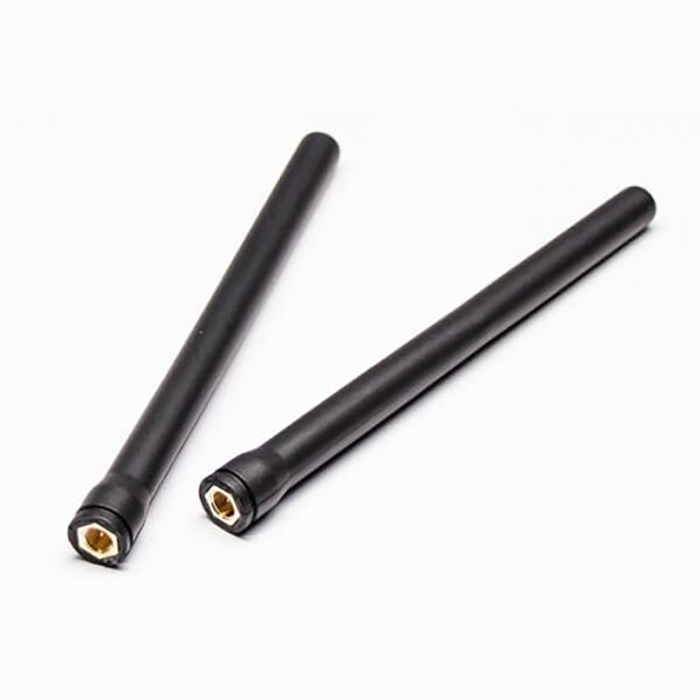
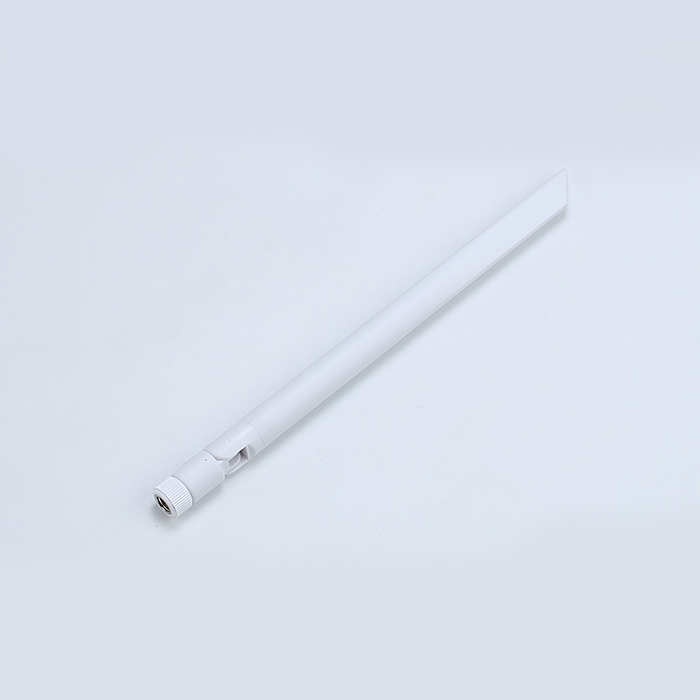
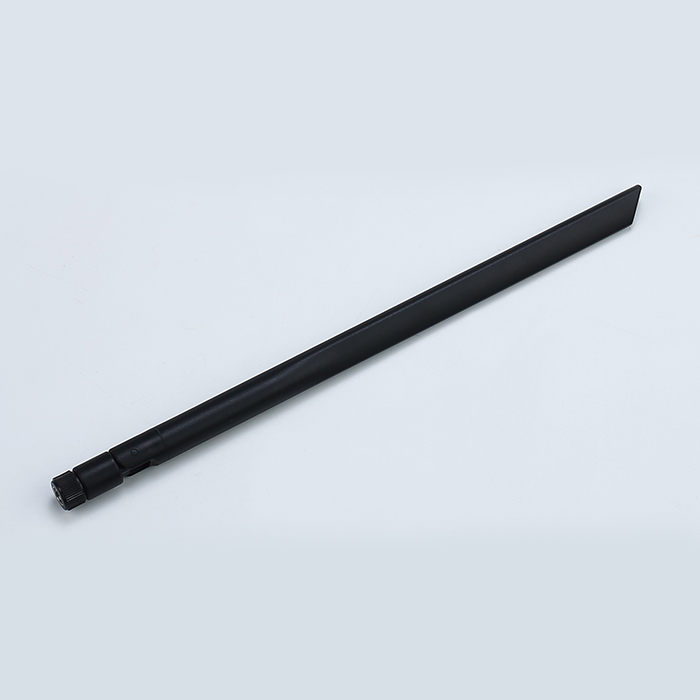
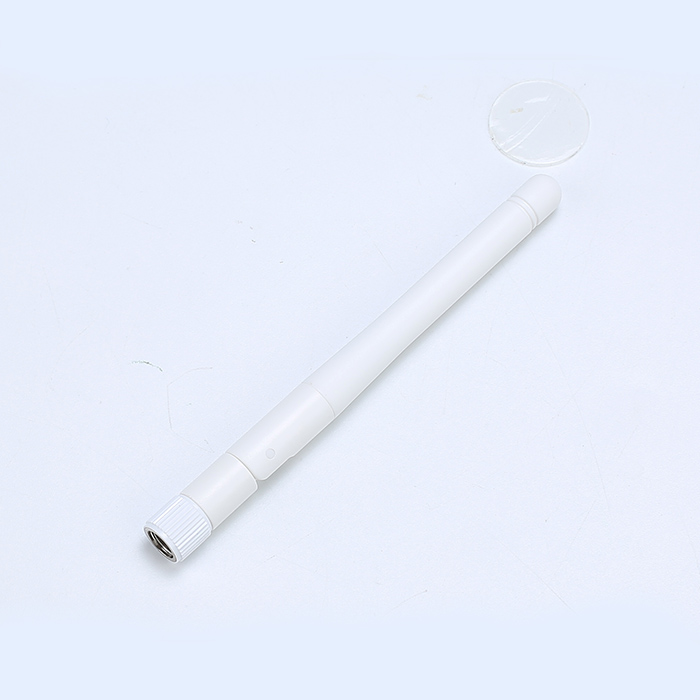
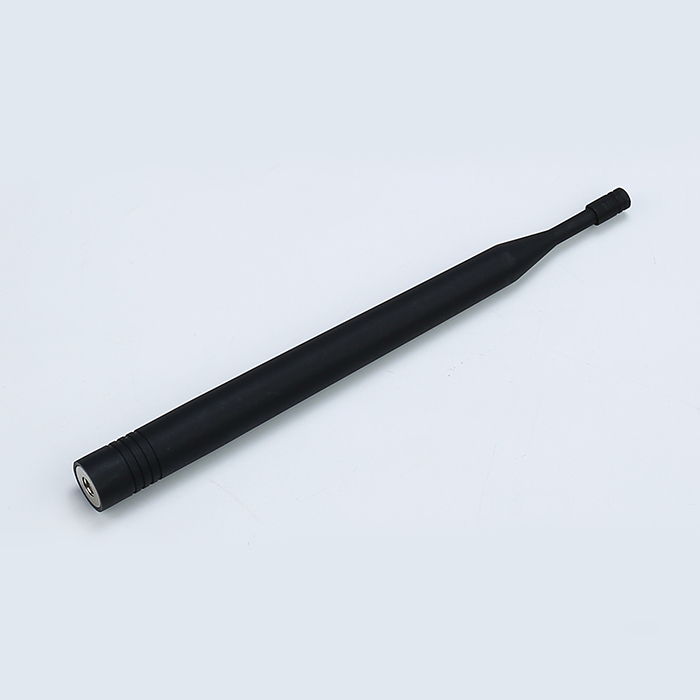
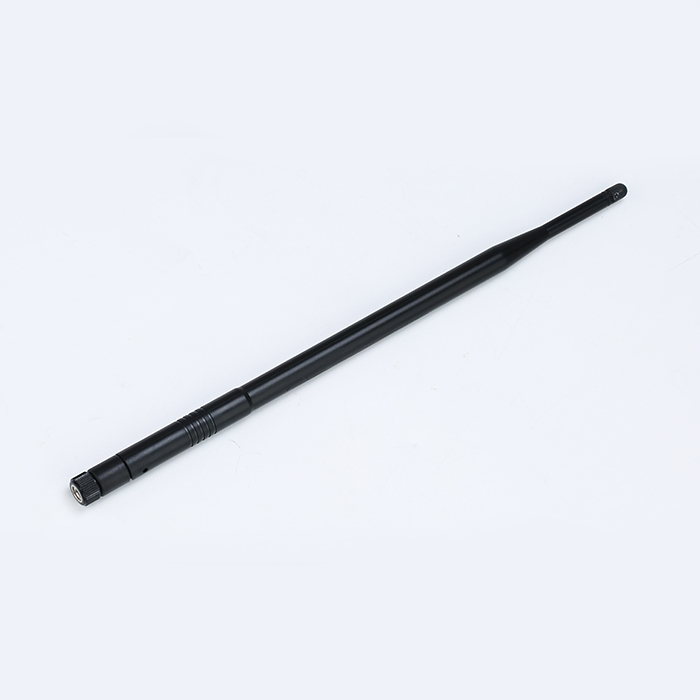
The 2G 3G 4G LTE Antenna is a versatile and high-performance antenna designed to support multiple generations of wireless communication technologies, including 2G, 3G, 4G LTE, and beyond. It is ideal for a wide range of applications, from consumer electronics to industrial IoT devices, providing reliable and efficient connectivity across various frequency bands.
Model No.: Outdoor LTE Antenna Omni Rubber Antenna
Frequency Range(MHz):690-960/1710-2690/2400-2500/5150-5825 Mhz
V.S.W.R:≤2.0
Gain:3-5dbi
Center frequency characteristic impedance (Ω):50
Connector Type:CABLE/SMA
Product Application:IOT
Features
Multi-Band Support: Compatible with 2G, 3G, and 4G LTE frequencies, ensuring wide network coverage.
High Gain: Enhances signal strength and improves connectivity in weak signal areas.
Compact Design: Lightweight and durable, suitable for various installation environments.
Weather Resistance: Built to withstand harsh weather conditions, ensuring long-term reliability.
Easy Installation: Simple setup process with flexible mounting options for indoor and outdoor use.
Low Interference: Minimizes signal distortion, providing stable and high-quality communication.
Main Technical Specifications
| Frequency Range(MHz) | 690-960/1710-2690 |
| Impedance(Ω) | 50 |
| Gain(dBi) | 3 |
| V.S.W.R | 3 |
| Connector Type | CABLE/SMA |
| Product Application | IOT |
Product Specifications
2G, 3G, 4G LTE Antennas Overview
2G, 3G, and 4G LTE antennas are essential components in modern wireless communication systems. They are used to transmit and receive wireless signals, ensuring smooth connectivity for mobile phones and other devices. Here’s a detailed overview of these three types of antennas:
2G Antennas: 2G (second generation) antennas form the foundation of early mobile communication technology, primarily used for GSM (Global System for Mobile Communications) networks. They are designed for signal stability and coverage, suitable for voice calls and basic data transmission.
3G Antennas: 3G (third generation) antennas support higher-speed data transmission compared to 2G networks. They provide faster internet connections, enabling video calls and high-speed data services. 3G antennas require higher frequency response and stronger signal reception capabilities.
4G LTE Antennas: 4G LTE (Long-Term Evolution) antennas are the mainstream technology for modern communication, supporting extremely high data transfer speeds to meet the demands of HD video streaming, fast downloads, and real-time gaming. 4G LTE antennas are designed to handle higher frequency signals, offering broader coverage and faster network response.
These antennas are commonly integrated into mobile devices, routers, and base stations to ensure reliable and efficient wireless communication. Choosing the right antenna can significantly enhance network performance and user experience.
2G Antenna Key Features
Stable Signal Reception: Ensures reliable transmission of voice and basic data over GSM networks.
Wide Coverage: Effectively extends signal coverage area, improving call quality.
Low Power Consumption: Optimized for power usage, suitable for long-term operation.
Durable Materials: Made from high-quality materials to ensure long-term reliability and durability.
3G Antenna Key Features
High-Speed Data Transmission: Supports higher data rates to meet the demands of video calls and internet browsing.
Enhanced Signal Reception: Improved design ensures stronger signal reception and stability.
Strong Compatibility: Supports multiple frequency bands, suitable for different network environments.
Anti-Interference Design: Reduces interference, enhancing communication quality and network stability.
4G LTE Antenna Key Features
Ultra-High-Speed Data Transmission: Delivers data rates of up to several hundred Mbps, supporting HD video streaming and real-time applications.
Broad Frequency Coverage: Supports multiple bands and network configurations, accommodating network needs across various countries and regions.
Low Latency: Reduces data transmission delay, enhancing user experience.
Advanced Technology: Integrates MIMO (Multiple Input Multiple Output) technology to improve signal strength and network efficiency.
High Durability: Designed to withstand various environmental conditions, ensuring long-term stable performance.
Application Areas
2G Antenna Applications
Mobile Phones: Provides stable voice calls and basic data services.
In-Car Communication Devices: Supports communication functions in vehicles, such as navigation and hands-free calling.
Wireless Sensors: Used in wireless sensor networks with low data transmission needs.
Legacy Devices: Compatible with older phones and devices, ensuring continued operation.
3G Antenna Applications
Smartphones and Tablets: Enhances network connectivity, supporting video calls and high-bandwidth applications.
Mobile Hotspot Devices: Provides fast wireless internet access for home and office use.
Wireless Surveillance Cameras: Supports HD video streaming and remote monitoring capabilities.
In-Car Wireless Devices: Boosts 3G communication functionality in vehicles, providing stable network connections.
4G LTE Antenna Applications
Smartphones and Mobile Devices: Supports high-speed internet connections, HD video streaming, and real-time applications.
Wireless Routers and Hotspots: Offers extensive 4G LTE coverage and fast data transmission, suitable for home and business use.
In-Car Communication Systems: Enhances vehicle communication capabilities, supporting navigation, entertainment, and real-time data services.
Enterprise and Industrial Applications: Supports industrial automation, remote monitoring, and data collection.
Smart City Solutions: Used in public Wi-Fi, smart transportation systems, and IoT devices.
Purchase and Contact Information
Dongguan RenFeng Electronic Technology Co.,Ltd
Email: bellasu@rflink.net.cn
Mobile Phone: +86 1379-4978-989
Address: No.1 Sankeng Qinghutou Tangxia Dongguan Guangdong China
![]()
![]()
![]()
FAQ
FAQs for 2G, 3G, 4G LTE Antennas
1. What is the difference between 2G, 3G, and 4G LTE antennas?
2G antennas are designed for older GSM networks, focusing on voice calls and basic data. 3G antennas support higher-speed data transmission for video calls and internet access. 4G LTE antennas offer ultra-fast data speeds and low latency, suitable for high-definition video streaming and real-time applications.
2. Are these antennas compatible with all devices?
Our 2G, 3G, and 4G LTE antennas are designed to be compatible with a wide range of devices. However, ensure that the antenna matches the frequency bands and connection types required by your specific device or network.
3. Can I use the same antenna for both indoor and outdoor applications?
While our antennas can be used in various environments, some models are optimized for indoor use, while others are designed for outdoor applications with weather-resistant features. Check the product specifications to determine the best fit for your needs.
4. How do I determine the right antenna for my needs?
Consider the following factors:
Network Type: Choose the antenna based on whether you need 2G, 3G, or 4G LTE coverage.
Frequency Bands: Ensure the antenna supports the frequency bands used by your network.
Application Environment: Select between indoor or outdoor antennas based on where the antenna will be installed.
Device Compatibility: Verify that the antenna matches the connection interface of your device.
5. What is the expected lifespan of these antennas?
Our antennas are built with high-quality materials to ensure durability and long-term performance. With proper installation and maintenance, they typically have a lifespan of several years. Specific lifespan details can be found in the product documentation.
6. Can these antennas be customized for specific requirements?
Yes, we offer customization options for our antennas to meet specific needs. Contact our sales team to discuss your requirements, including frequency bands, design specifications, and other custom features.
7. How do I install these antennas?
Installation procedures vary based on the antenna type and application. Generally, it involves mounting the antenna in a suitable location and connecting it to your device or network system. Detailed installation instructions are provided with each product. For complex installations, professional assistance may be recommended.
8. What kind of warranty do you offer on these antennas?
We provide a standard warranty on all our antennas, covering defects in materials and workmanship. The warranty period and terms can be found in the product documentation. For any issues or claims, please contact our customer support team.